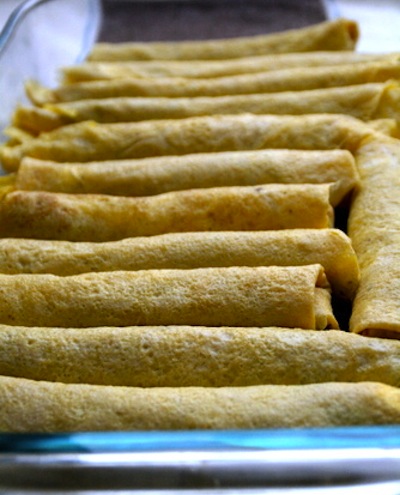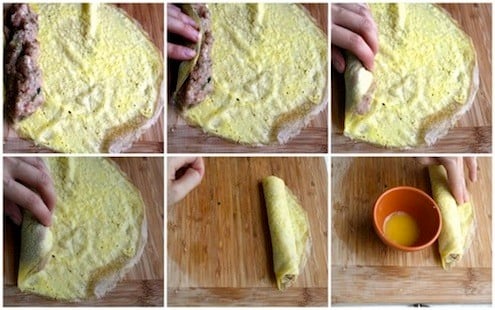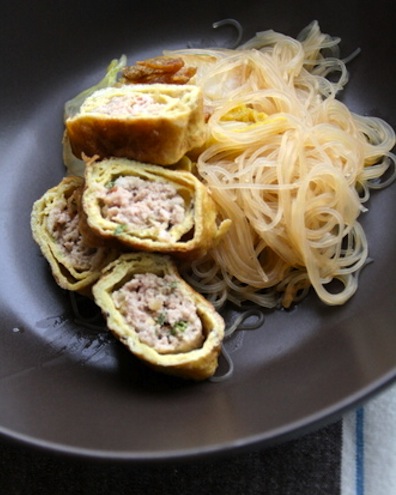
If someone said to me in English, “I’m going to eat Cold”, I would wait for them to finish their sentence. Here in Taiwan, when someone tells me they’re going to eat some Cold (冰), in Chinese of course, I’d have my wallet in hand and shoes on my feet before they could finish their sentence.
As with any tropical island climate, the country of Taiwan is plagued with brutally hot and humid summer months. To adapt, the people of Taiwan have built large air conditioned malls where they spend most daylight hours, sell handkerchiefs and sun-brellas like they never went out of style, and of course, consume plenty of refreshing snacks and beverages.
In the States, when the temperature rises, we go outside for a barbecue, roast some corn on the cob, or maybe go chase down the ice cream truck. In Taiwan, no one in their right mind wishes to light anything on fire, let alone run after a truck, even if the thing being chased does happen to be cold and comes on a cone.
And why would they want ice cream, when they have something better? The Taiwanese have dozens of shops and stalls devoted to selling “bing”(冰), or simply translated, “cold”. “Bing” is a complete dish more than any one ingredient, much like lasagna and S’mores are a total combination of components rather than just pasta or just marshmallow. “Bing”, is simply a big bowl of delicious, subtly sweet and cooling ingredients combined in an icy, watered down sugar syrup. Choices of ingredients range from vendor to vendor, and often you may see the likes of boiled peanuts, tofu hua, grass jelly, miniature tapioca balls, red beans and green beans, and almost without fail the local Taiwanese specialty- ai yu. (Ai yu is a clear light yellow rather flavorless jelly, not very different from the consistency of Jell-O, made from the seeds from a member of the fig family native to Taiwan. Today, ai yu jelly is also sold in a can- but what isn’t?)

What you would think is a completely random smattering of ingredients actually becomes a refreshing dish, more snack than dessert, that can be enjoyed at any time of day
Mercy to the activities of my family this weekend, I had no complaints when I was given both a handkerchief and sun-brella, then chauffered downtown to East Taipei to spend the rest of the afternoon in a huge air conditioned mall. Although lunch was just had, we headed straight for Little South Gate in the food court, where my Uncle reminisced of the days he used to get a bing from another branch of their stores every day it was hot out.
Every day that it was hot out? He must have had a lot of “bing”. Lucky guy.

Little South Gate, 小南门
(various locations throughout Taipei)
Xinyi Eslite, B2
No. 11, Song Gao Road, B2
MRT: Taipei City Hall





















